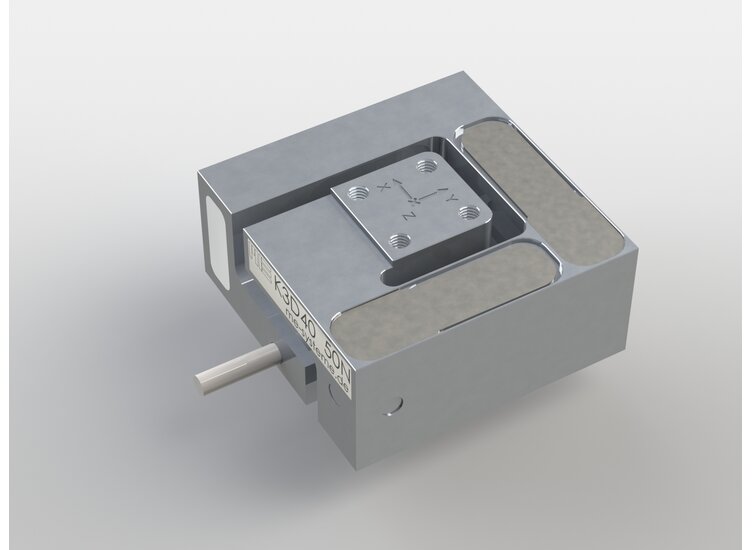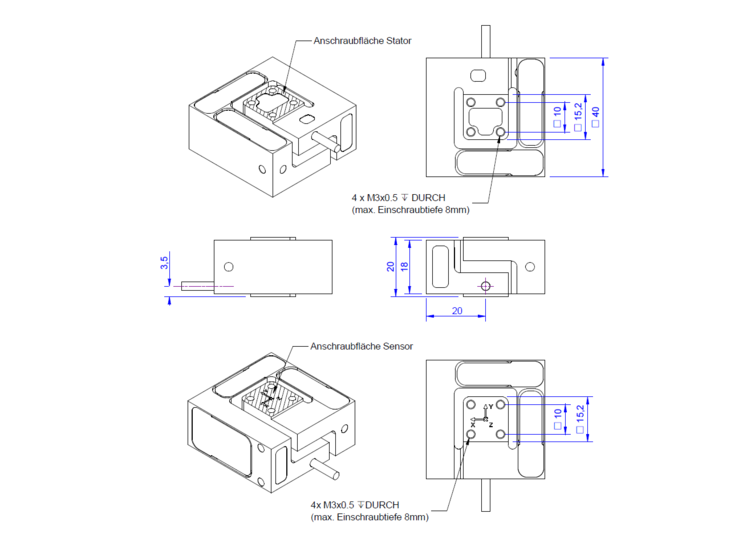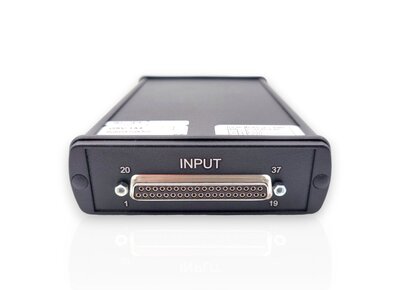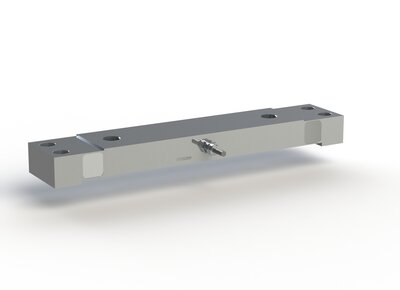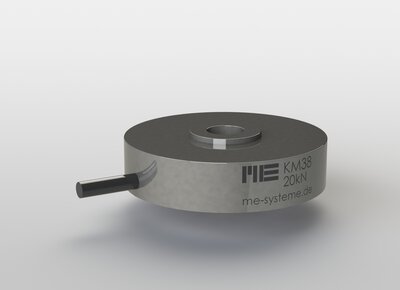The K3D40 3-axis force sensor is suitable for force measurement in three mutually perpendicular axes. It features a particularly compact design with a footprint of 40 mm x 40 mm and a low overall height of only 20 mm.
The K3D40 3-axis force sensor is available for forces of 2 N, 10 N, 20 N, and 50 N. It is particularly suitable for measuring the smallest forces. The K3D40 2N variant can resolve forces from 40 µN to 400 µN, depending on the measuring amplifier.
The K3D40 3-axis force sensor is equipped with full-bridge strain gauges. The signals from the full-bridge strain gauges each correspond to a force component in the x-, y-, and z-directions. The vector decomposition is therefore achieved mechanically, by three orthogonally arranged spring-joint guides (double cantilever beams), and additionally by the arrangement of the strain gauges in the Wheatstone bridge, so that residual transverse forces and moments are also compensated electrically/circuit-wise. The three double cantilever beams are connected in series in this 3D force sensor.
A key quality feature of 3D force sensors is crosstalk: The introduction of a force also causes a reading in the two unloaded axes. Due to the multiple compensation (mechanical + electrical), the crosstalk is typically less than 0.2% of the nominal load. An exception for this sensor is the crosstalk from Fx to Fz, which can be up to 2.5%. The crosstalk is reproducible and proportional to the applied force amplitude. By applying an additional compensation matrix, the crosstalk in all axes can be reduced to typically less than 0.2%.
ME-Meßsysteme therefore supplies two calibration certificates: without compensation matrix (type "cv") and with compensation matrix (type "s").

